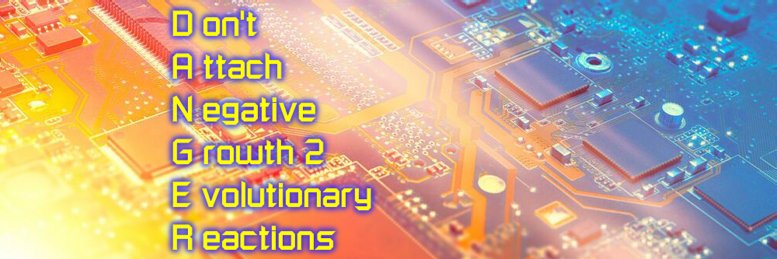
Fear is what controlling entities need to induce in order to maintain control over bigger organisms. Poisonous frogs for instance have bright colors to dissuade predators from eating them. Now the color can be seen as a trigger for fear, or a statement of danger. The end result is the same however, in that the frog runs less risk of being eaten.
For humans the equations are far more complex in that there are many more mechanisms for fear and danger in the human brain. Suffice it to say though, that if I can get you to use the reptilian part of your brain, then there will more likely be a fear-induced response rather than a well thought out evaluation of the danger involved.
Many expressions of advertizing play on those simplifications of action and reaction. If they can for instance get you to buy into fear of dying, then pushing you into a voluntary or induced vaccination becomes much easier. Same for the warning labels on cigarettes and loans: the warnings themselves are way more effective than the mechanism they are warning for.
Nowadays, there are four large groups in today's society: the one percent that rule the world, the four percent that blindly follow the one percent, the ninety percent that are asleep in that they feel themselves powerless to change what the first five percent made of this world, and the final five percent that know the world can be changed by waking up the ninety percent. Now the one percent may not yet fear the day the five percent wake up the ninety percent, but they clearly see the danger of that fact becoming an inevitability!